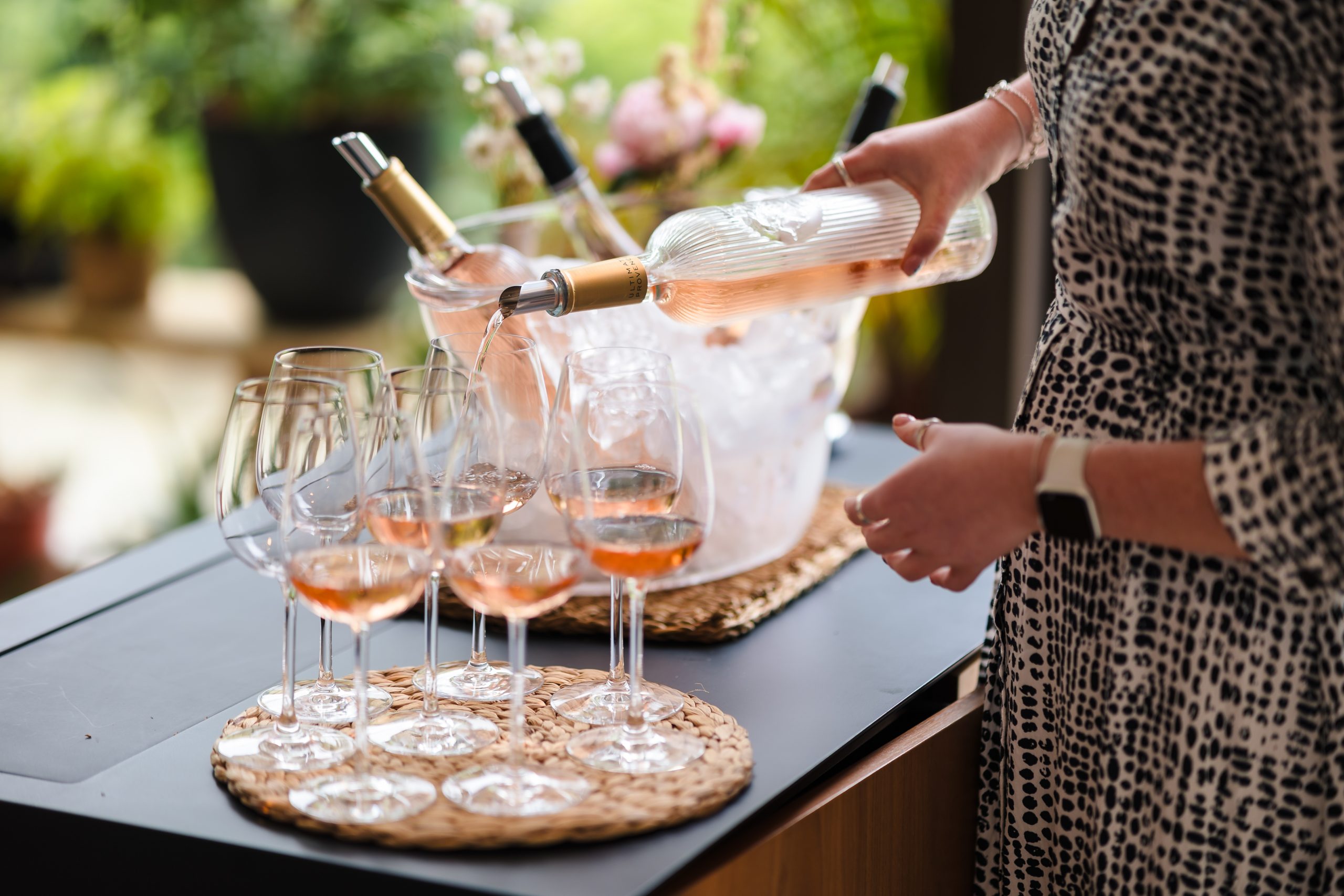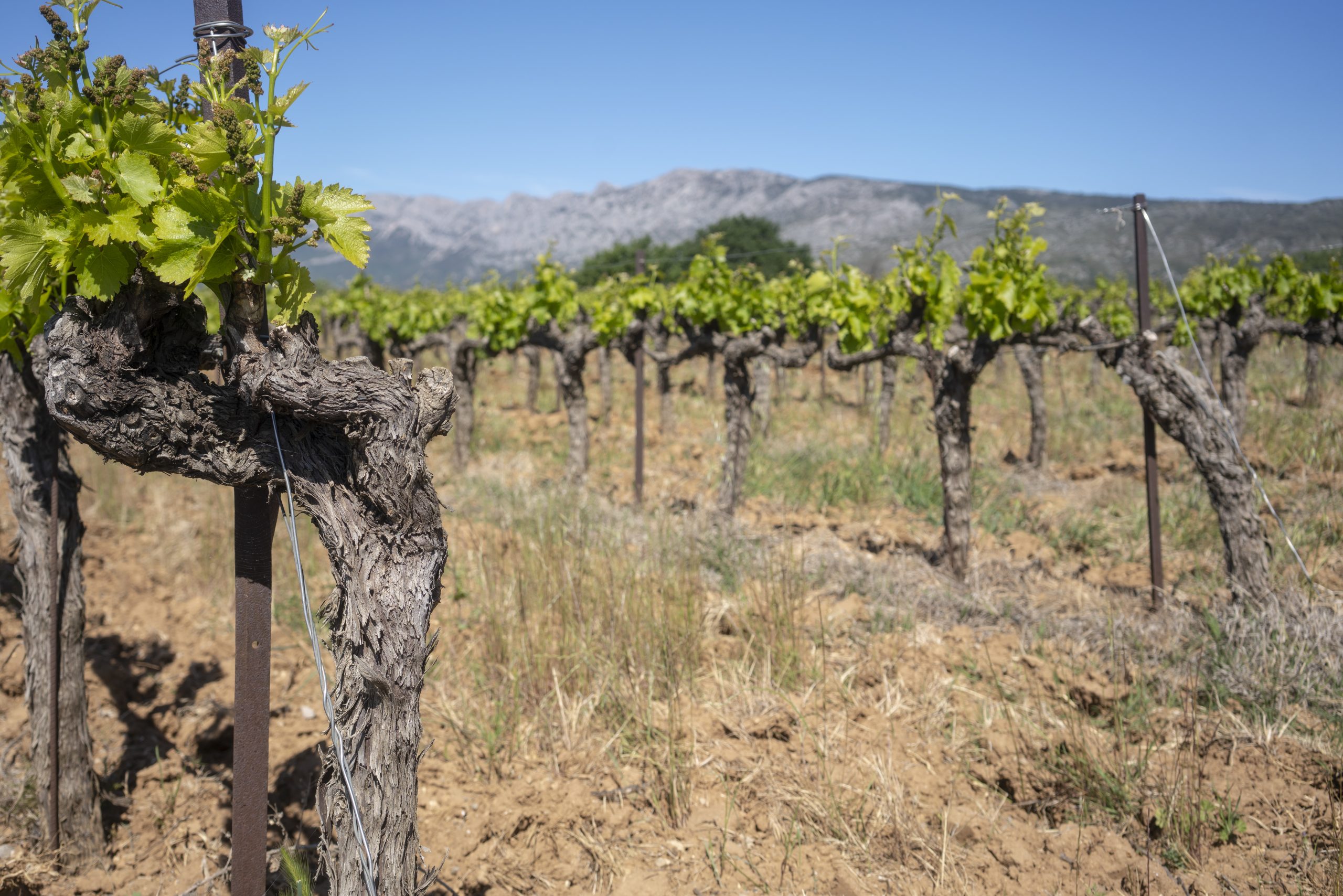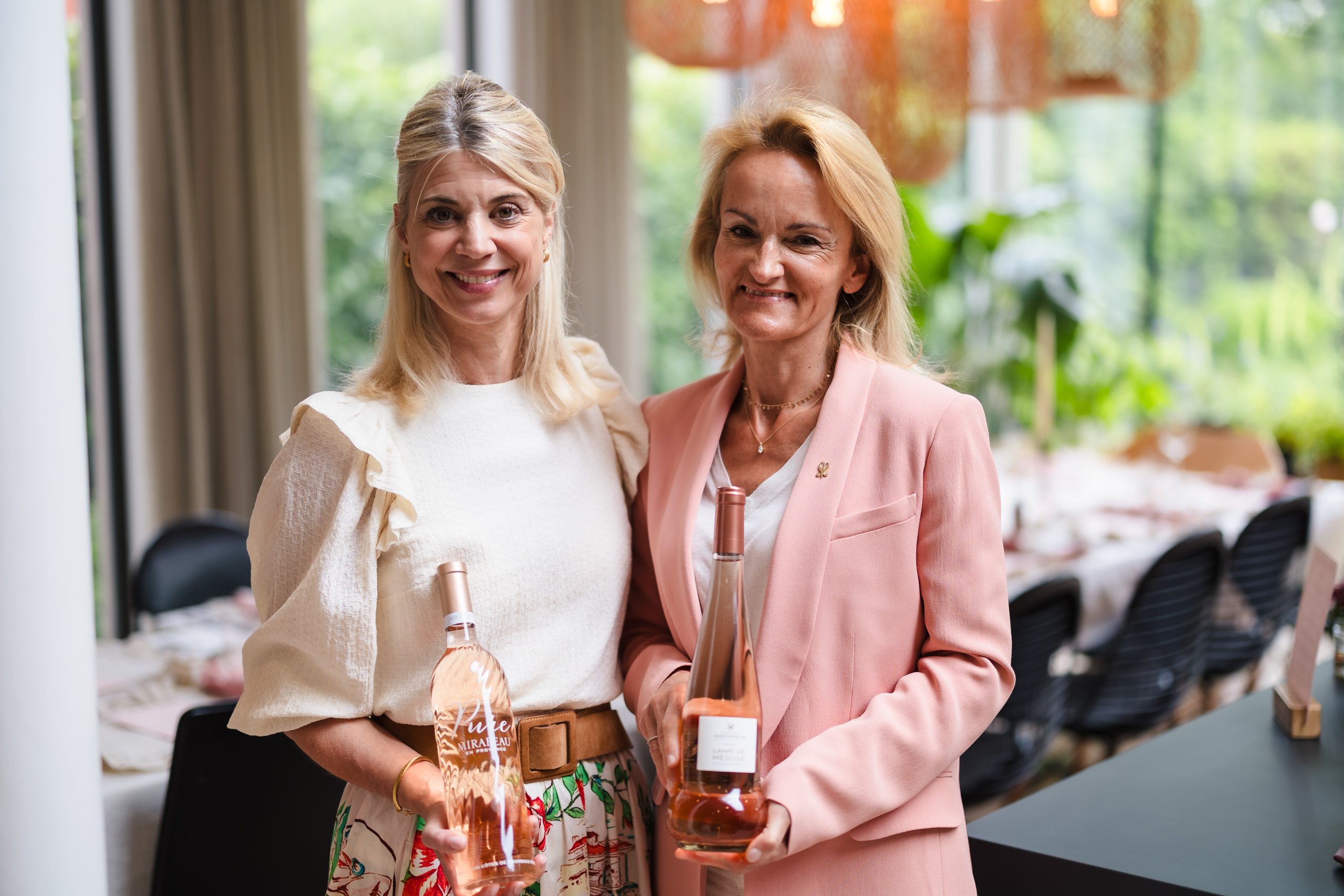Questo sito web utilizza i cookie per potervi offrire la migliore esperienza d'uso possibile. Le informazioni contenute nei cookie vengono memorizzate nel browser dell'utente e svolgono funzioni quali il riconoscimento dell'utente quando torna sul nostro sito web e l'aiuto al nostro team per capire quali sezioni del sito web sono più interessanti e utili per l'utente.
Microbes and Moschofilero: Provence adapts to climate change
As climate change warms temperatures, Provence producers are using new varieties and soil interventions to safeguard their refreshing style.

“Provence wrote the script 25 years ago,” explained Ray O’Connor MW, introducing a lunchtime tasting of some of the region’s best rosés. “They have a consistency and a quality, with everything in the right place.”
That 25 year trajectory is an undeniable success story. For instance, between 2010 and 2016, exports of Provence rosé to the US increased tenfold. Although the market has cooled slightly in recent years, rosé is still performing well compared to other sectors.
Yet the last 25 years have also put a new challenge to the front of Provence winemakers’ thinking: climate change. It has entered increasingly into public debate, but there have also been tangible changes since the turn of the Millennium. The most recent 10-year period studied, 2014-23, has seen global warming accelerate, while the rate of forest loss has doubled since the year 2000.
This poses particular problems in Provence. The region is defined by its light, refreshing style. Warmer temperatures mean riper grapes, and therefore less acidity to lend the wines their refreshing quality. Moreover, severe heat and drought can severely limit production, or even kill vines.
Varietal resilience
Producers are therefore choosing their varieties carefully. In particular, those qualities of reliable acidity and drought resistance are in demand.
In getting resilience from their varieties, Provence vignerons do have one regulatory advantage. The appellation rules dictate that Provence rosé must be a blend of at least two varieties, meaning wineries never put all their eggs in one basket.
“We always felt we could make the best wine with a blend,” commented Jeany Cronk, founder of Maison Mirabeau, at the tasting. The obligation to use at least two varieties, as well as the diversity of sites available, gives her “plenty of options” in crafting wines.

Provence’s traditional grape varieties are finding mixed fortunes. Caladoc, a cross of Malbec and Grenache, is increasingly in favour, as it is both drought-resistant and a long-standing presence in the south of France. It was introduced in Côtes de Provence regulations for testing in 2017 and upgraded as an official ancillary grape of the region in 2021.
Tibouren, on the other hand, is struggling. It has historical significance, appearing in the region since at least the late 18th Century. Moreover, the Conseil Interprofessionnel des Vins de Provence (CIVP) designates it as one of the main varieties for Provence rosé production. These are the backbone of the style: at least 50% of the blend must contain the named main varieties.
However, as Aurélie Bertin, owner of Château Sainte Roseline, explained, it is a vulnerable variety in hotter years. Its small berries have a low surface area, increasing water loss in drought conditions. Its thin skins further compound the problem.
In response to the challenges of climate change, the CIVP, is therefore even looking further afield. It is not just French varieties that the CIVP is testing in the region. Several hot climate grapes from around the world are being evaluated for their suitability in Provence.
These include Nero d’Avola from Italy, Pinotage from South Africa and Verdejo from Spain. They have also investigated Greek varieties, including Moschofilero, Agiorgitiko and Xinomavro. Indeed, the CIVP led a trip to Greece in March to study and taste Greek varieties in their native vineyards.
Promoting vine health
Yet new grapes cannot do everything. Provence still has its identity to promote, built on its main varieties, and producers would be foolish to abandon old and heritage vines. Many are therefore focusing on improving the resilience of existing vines.
At Maison Mirabeau, owners Jeany and Stephen Cronk have focused on soil health. In addition to organic conversion of the domaine, they have adopted regenerative viticulture.
This process aims to maximise the soil’s health rather than focus on a vine monoculture, which can degrade the soil. At Mirabeau, it has involved planting cover crops to prevent soil compaction; growing fruit trees to attract birds and insects; and restoring organic matter to the soil through compost.
“What is clear,” according to Stephen Cronk, “is that the regenerative system and a revitalised soil are in a much better position to bring the vines adapted nutrients.” The increased microbial activity in healthier soil means great availability of nutrients, which he believes is benefitting the vines. “Ultimately it’s simple, a healthy vine, getting bioavailable nutrients will make great fruit.”

At Château Sainte Roseline, a similar approach is underway using industry collaboration. The producer has embarked on project with the Centre du Rosé research institute, finance organisation Crédit Agricole Provence Côte d’Azur, and Mycophyto, an agri-tech startup.
The project, called Mycovigne, introduces territory-specific arbuscular mycorrhizal fungi to the vineyards. These microbial fungi penetrate root networks and develop symbiotic relationships with plants. They improve nutrient uptake and water retention in the plant, thus increasing resilience in times of drought. Initial results from the project indicate that, if used across the Côtes de Provence, more than 2,500 Olympic pools of irrigation water could be saved each year.
Both approaches share a goal: improving soil biodiversity to promote vine resilience. Whether holistic or precisely targeted, the respective producers are excited by the early results, indicating that Provence’s unique style can yet be protected in a warming climate.

